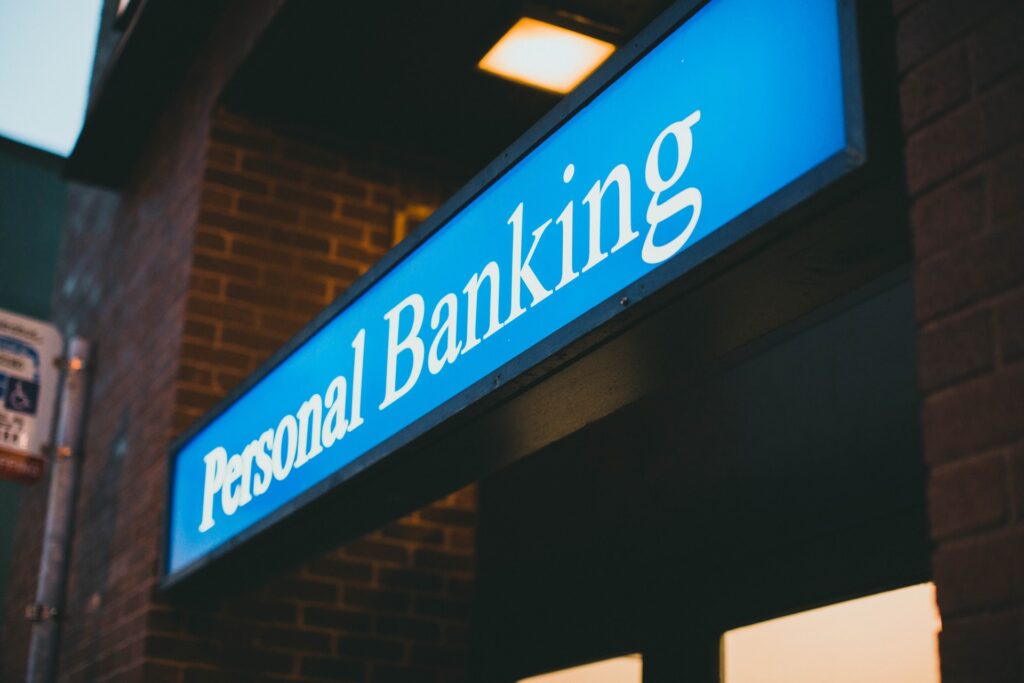Setting Up a Bank Account

0%
Setting up a bank account is among the first actions you need to complete as you arrive to Canada. This article will serve as a guide to aid you in opening a bank account.
Arriving as a newcomer to Canada, there are plenty of things to sort out in the first days of your stay including getting your identification papers, finalizing your documents and finding a place to live. One of the urgent matters, if not the most important one, is setting up a bank account. This is mandatory for you to pay living expenses, pay rents and bills, receive benefits, purchases and carrying out shopping for groceries. It is also important to have a bank account to receive your salary if you are planning to find a job and work in Canada in the foreseen future. In this guide, we will cover the essentials regarding setting up and opening a bank account as you arrive in Canada, including the requirements, documents needed, options and steps.
In-Person vs Online Service
Everyone has the right to open a bank account in Canada, including foreigners and non-Canadian citizens, as long as you are able to provide satisfactory proof of identity. You can either visit a bank branch in person or apply for opening a bank account online. The latter option is now provided by the majority of the banks in Canada, but it is wise to check with the specific bank you are considering regarding the availability of such an option. If you choose to open a bank account online, it should only take a few minutes to complete the forms required. For example, TD Bank informs that online applications can be completed in just 5 minutes. However, it may take longer if you don’t have the needed documents on hand, or if the bank needs to check anything about your application. In some cases, you will be advised to visit the branch in person.
Documents Required
In all cases, you would need to provide proof of identity, in the form of legal and valid documents. Each bank has its own process and requirements for account opening. However, the Canadian government provides a general list of valid documents which are accepted upon applying for opening a bank account. You’ll be able to either show 2 original pieces of ID from a list (List A) including:
• Canadian passport
• Canadian driving license
• Canadian Social Insurance Number
• Permanent residence card
On the other hand, another option would be providing one item from the above list (A), and one from the second set of documents (List B) below:
• Foreign passport
• Employer photo ID, provided by an established company
• Signed credit or debit card in your name
Bank Selection
Banking is one of the most important industries in Canada and is majorly dominated by a group of big and well-established banks. Regardless of the bank chosen, the banking sector in Canada is very secure and safe and provides a multitude of services.
When it comes to choosing the bank where you are going to open a bank account, most newcomers to Canada opt to set up their accounts in one of the ‘Big Five’ banks. Those banks are the biggest in the country in terms of size, capacities, commerce, and physical presence with branches. In addition to their physical presence, all these banks provide the option for online account opening, management, and digital transitions. These are:
1. Royal Bank of Canada (RBC): It has around 1200 branches in Canada with around 4300 ATMs, and flexible online and phone banking options. RBC is a popular choice among foreigners because of its Newcomers to Canada package.
2. Toronto-Dominion Bank (TD): It is one of the major banks offering a special package for newcomers to Canada, with a dedicated hub offering advice and information to customers in addition to a newcomer special offer of no monthly fees for 6 months.
3. Bank of Nova Scotia (Scotiabank): It has around 4000 ATMs across Canada and offers a fee-free Student Banking Advantage Plan, with unlimited debit transactions.
4. Bank of Montreal (BMO): Another bank offering a dedicated package for newcomers to Canada.
5. Canadian Imperial Bank of Commerce (CIBC): CIBC is another major bank with a Newcomers to Canada Plan. This includes an CIBC Smart for Newcomers Account with no monthly fee.
Types of Bank Account
There are two main types of bank accounts in Canada that serve various purposes:
1. Chequing Account: This is an essential basic account, where you would be able to keep money that you’ll use for daily transactions, making purchases, and all of your recurring expenses. A Chequing account is accompanied by earning no or a low yearly interest rate on deposits depending on the bank. You will also be able to order and get a debit card which will make it easier to do shopping, pay in stores and carry out online payments.
2. Savings Account: While a Chequing account is of a low-interest rate, or none at all, a Savings account is on the other hand an account which you simply choose to save your money and keep it to earn interest. However, this account is not intended to be used on a regular basis, for everyday payments or shopping purposes. It is more like savings for later or emergency situations.
We encourage you to find the bank nearest to you and explore your options.
Tags: bank, account, money, credit card, savings, transfer, identification, buy
RELATED ARTICLES
| M | T | W | T | F | S | S |
|---|---|---|---|---|---|---|
| 1 | 2 | 3 | 4 | 5 | 6 | 7 |
| 8 | 9 | 10 | 11 | 12 | 13 | 14 |
| 15 | 16 | 17 | 18 | 19 | 20 | 21 |
| 22 | 23 | 24 | 25 | 26 | 27 | 28 |
| 29 | 30 | 31 | ||||
Recent Posts
- Local Immigration Partnership Renfrew and Lanark Counties launch online survey
- CULTURE CONNECT: Local Immigration Partnership and United Way East Ontario secure funding for New Horizons Program
- Pathways – Immigration to Canada
- Almonte resident George Yaremchuk presented with Culture Connector Award
- Inspiring Journey: How an international student from India’s experience in Pembroke is shaping her life and career





Recent Comments